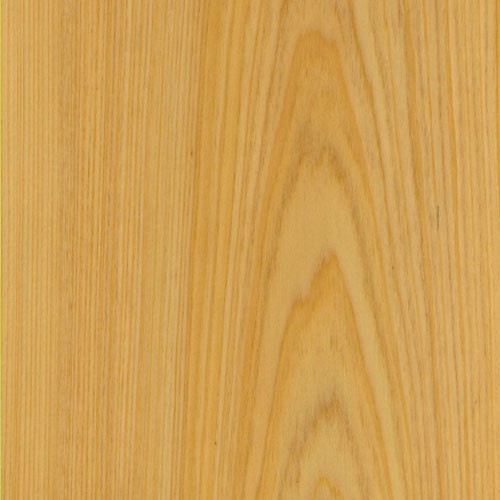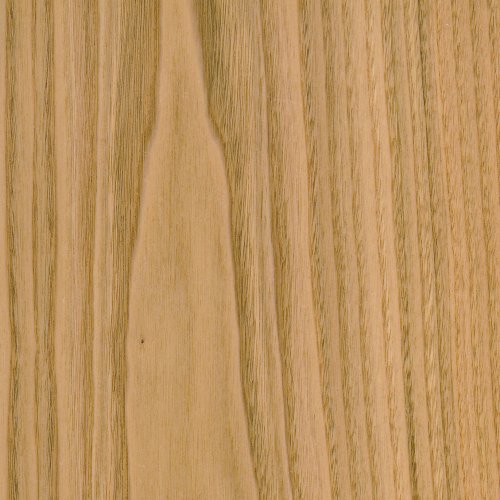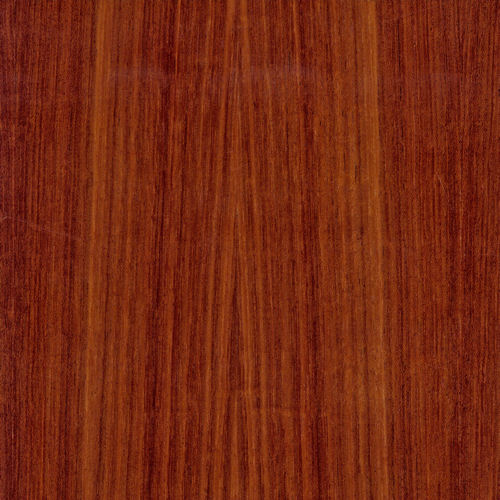Cypress
[Taxodium distichum]
A super durable, stable hardwood, Cypress grows naturally in the
Southeastern United States, especially along the Gulf Coast in the swampiest coastal areas. Growing mostly in swamps makes Cypress especially water and rot-resistant — perfect qualities for both indoor and outdoor wood projects.
Many Cypress trees feature striking aerial roots that protrude above the ground or water. A unique trait of the species, these structures are known as “knees,” and are sometimes harvested on a small scale for woodcarving purposes.
Overall, the color of Cypress is light, yellowish-brown. With nearly white sapwood and heartwood varying from light to dark or reddish brown. While Cypress produces pronounced growth rings, it features a straight grain with a medium to coarse texture.
Due to its amazingly consistent appearance, Cypress quickly tops the shortlist for larger applications where a pleasing color match is required, including wood veener sheets, custom plywood, siding, trim, doors, flooring, and cabinetry.
Even more, its durability makes Cypress an excellent choice for boatbuilding, exterior construction, docks, millwork, piers, bridges, caskets, shutters, shingles, stadium seats, and railroad ties.
Species Distribution:
Southeastern United States
Gulf States of United States
Common / Alternative Names:
Bald Cypress
Baldcypress
Swamp Cypress
White Cypress
Tidewater Red Cypress
Gulf Cypress
Red Cypress
Southern Cypress
Yellow Cypress
Black Cypress
Louisiana Cypress
Buck Cypress
Cow Cypress
Janka Hardness:
510 lbf
Sustainability Status:
CITES Appendices: Not listed
IUCN Red List of Threatened Species: Listed as a species of least concern









